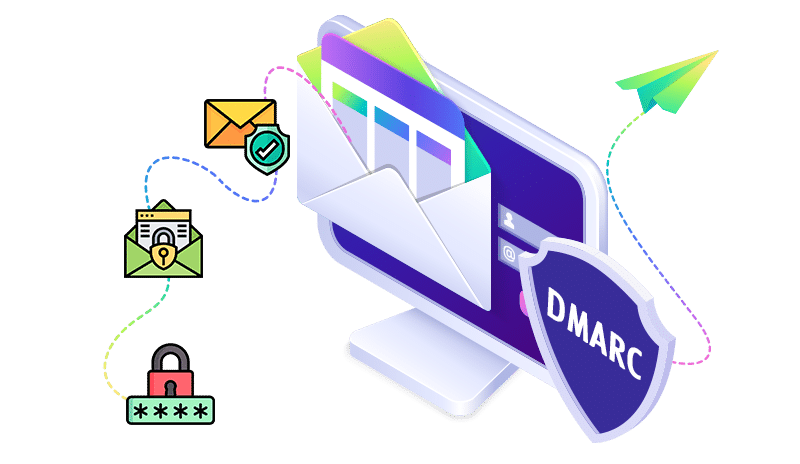Support
MyDMARC offers priority email support for its Pro plan users, indicating a tiered approach to assistance. We found their documentation to be thorough, which often helps in self-troubleshooting common issues before needing to contact support.
General support for lower tiers is standard, typically responsive during business hours. Their support team seems knowledgeable about DMARC intricacies, which is essential when dealing with email authentication challenges.
DMARC Monitor, being part of Logix InfoSecurity, likely offers support through their broader customer service channels. We expect standard email-based support, potentially supplemented by a knowledge base or FAQs.
From our experience, while specific DMARC Monitor support details weren't prominently advertised, most providers of this nature offer reliable assistance for critical issues, though response times can vary depending on the service level agreement.











































 0 / 5(0)
0 / 5(0)
 0 / 5(0)
0 / 5(0)



